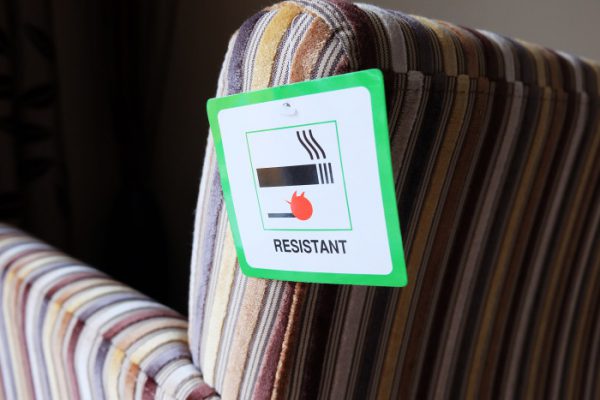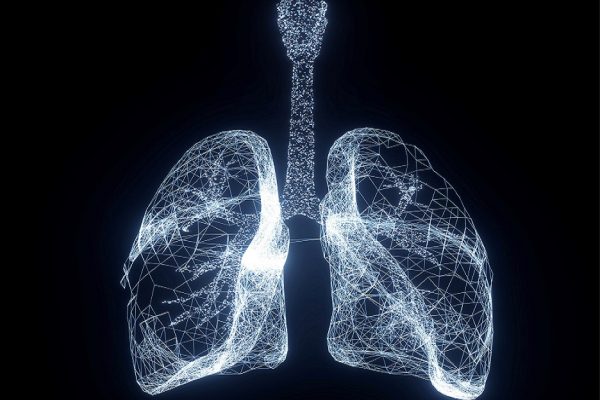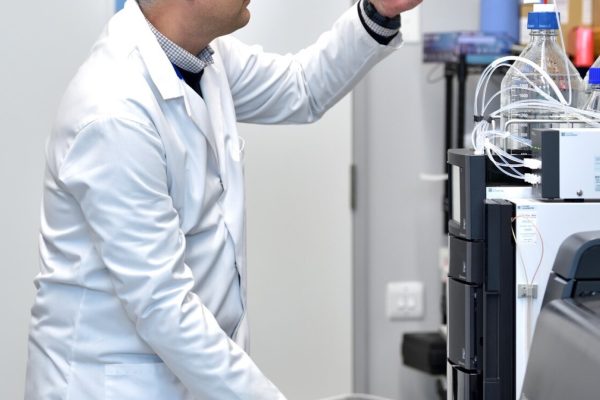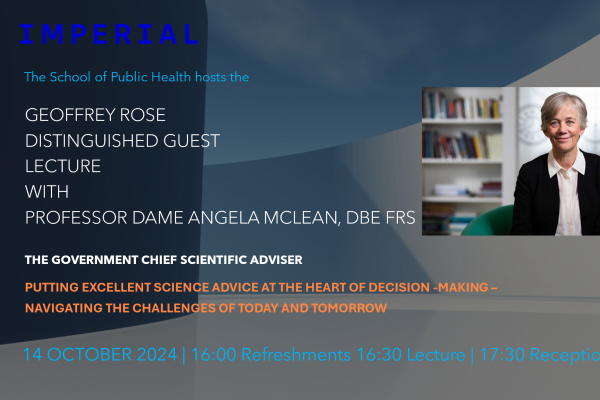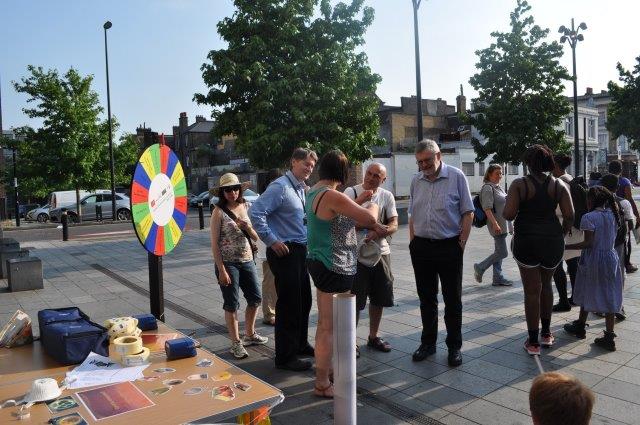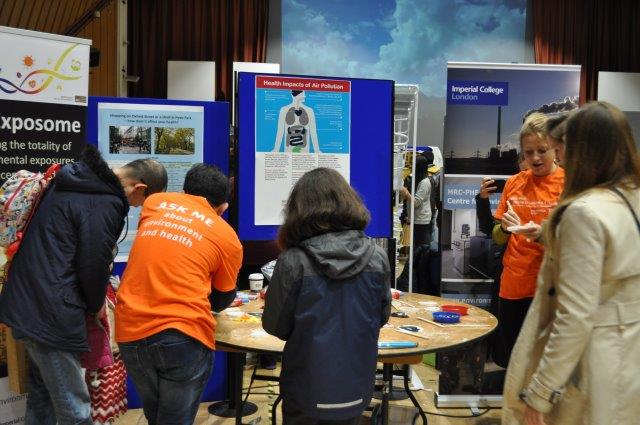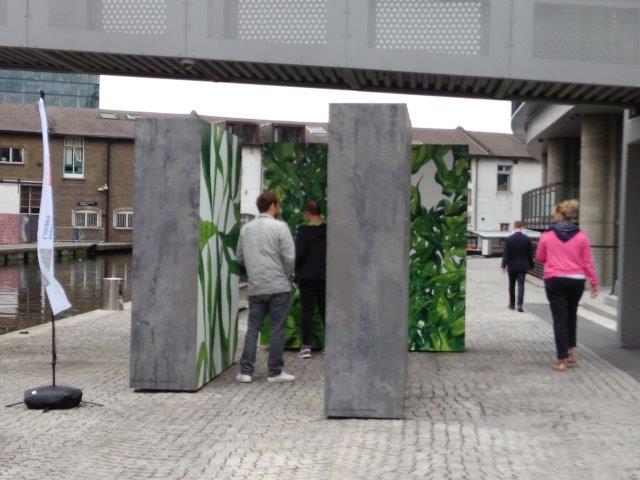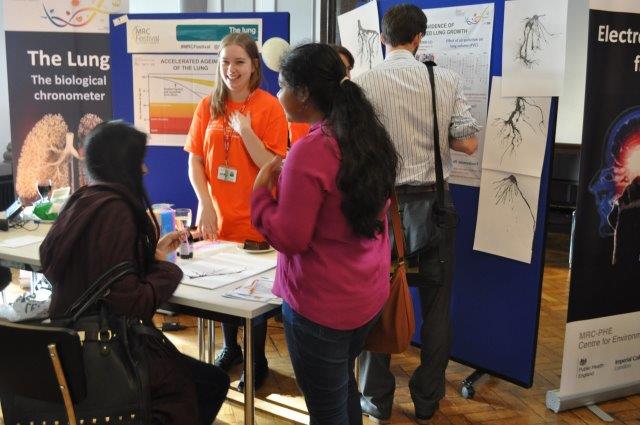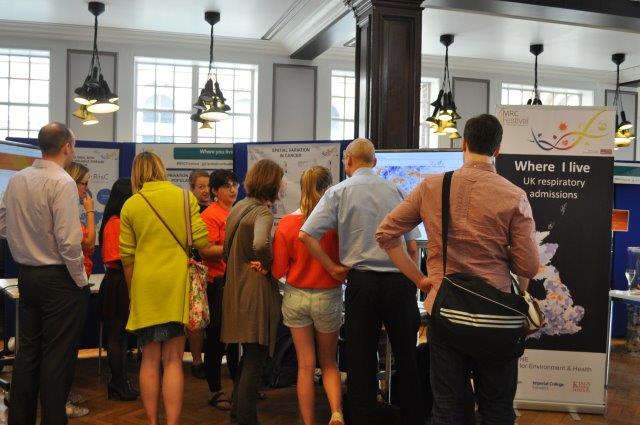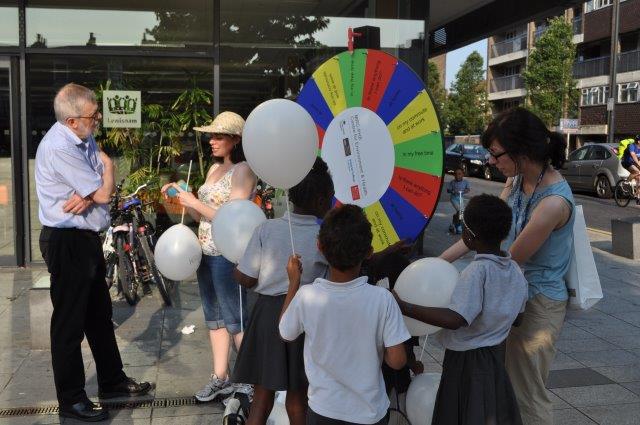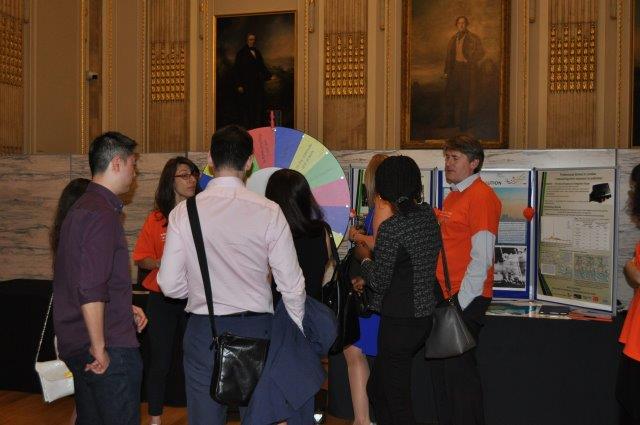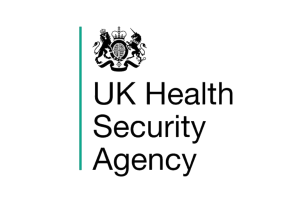Welcome
Welcome to the National Institute for Health and Care Research Unit (NIHR HPRU) in Environmental Exposures and Health at Imperial College London.
This HPRU is a partnership between Imperial College London and the UK Health Security Agency, in collaboration with King’s College London and the MRC Toxicology Unit, Cambridge.
We have strong links with the Chemical and Radiation Threats and Hazards HPRU and the MRC Centre for Environment and Health and to ensure we operate as a highly collaborative matrix, analogous to the UK Health Security Agency’s multi-functional, single-agency model, we have created a Joint Steering Committee, Training Programme Committee, Public and Community Involvement, Engagement and Participation Committee and Public and Community Oversight Group.
This HPRU brings together our expertise in air quality measurement and modelling, exposure assessment, conducting large-scale epidemiological studies, biomarkers and disease mechanisms and chemical toxicology of fibres and particles to produce the scientific evidence needed to support the effective protection of the population from these environmental hazards.
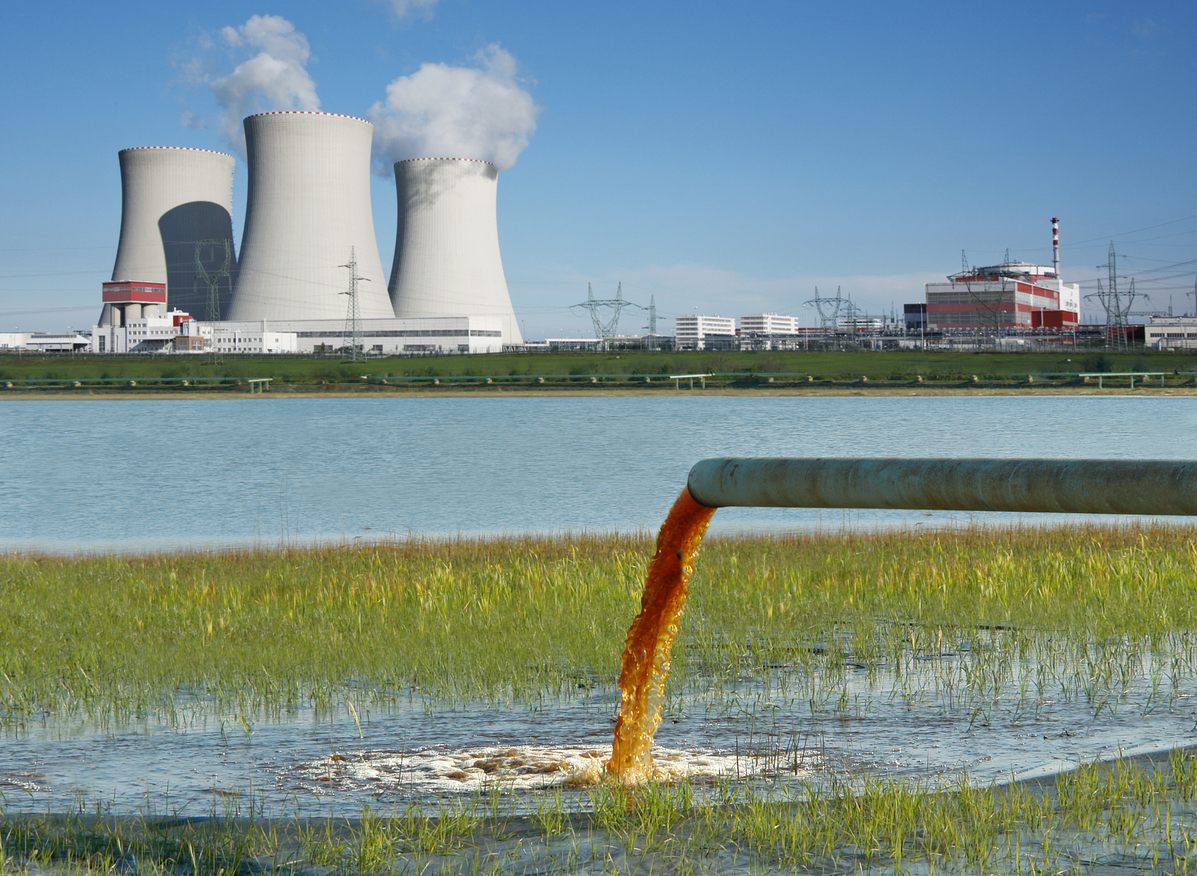
Mission
The mission of this HPRU is to undertake the highest quality research on the health effects associated with exposure to a range of environmental pollutants, including those in the ambient and indoor settings. Our aims are to improve the understanding of the distribution, determinants and pathways linking these exposures to health effects, to provide scientific evidence that will impact directly on public health practice and policy, and to train the next generation of research leaders in environment and health.
Research
The research programme is organised into four complementary themes focusing on furthering understanding of the risk of ambient and indoor air pollutants on health, by examining a range of adverse endpoints in specific population subgroups (e.g. adverse birth outcomes and cognitive function in school children) and in specific locations (indoor, homes and offices, transport micro-environments including the London Underground).
In addition, we will look at emerging exposure issues including e-cigarettes, microplastics, illicit and herbal drug use and brake and tyre wear toxicology.

Theme I - Challenges
1. What are the exposures to toxicants from all environmental sources and consumer products in different populations?
2. Can models be developed to predict exposure?
3. What is the public perception of risk from these toxicants and how are potential risks best communicated?
Theme III - Challenges
1. What biomarkers emerge following acute exposure to different air pollutants and do they discriminate between different sources?
2. Are non-exhaust PM emissions (brake, tyre and road wear) of toxicological relevance and what are the relative toxicities of exhaust PM and NO2?
3. What are the relative toxicities of e-cigarette components?
Theme II - Challenges
1. What are the impacts of air pollution on birth outcomes, cognitive development, mental health and dementia in later life ?
2. What are the impacts of traffic related air pollution on school children’s neurodevelopment and overall health and to what extent does the ULEZ mitigate against any adverse effects ?
3. What, if any, is the impact of air pollution on the London Underground?
Theme IV - Challenges
1. Do microplastics have detrimental human health effects?
2. What are the potential health consequences of waste fires on local populations?
3. What are the health impacts of living near biomass electricity generating installations or being exposed to waste fire emissions?
Latest News
-
Brits furniture could be making our IQ drop – comments Professor Frank
Posted on December 17, 2024Continue readingProfessor Frank Kelly comments on bombshell study into toxic chemicals.
-
Professor Frank Kelly tells The Sun how ultra-fine particles causes us damage
Posted on November 5, 2024Continue readingProfessor Frank Kelly talks to The Sun Health about harmful particles which can damage every part of the body.
-
Hampstead Heath ponds where dogs swim contaminated with pesticides
Posted on October 11, 2024Continue readingDr Leon Barron of the Environmental Research Group, Imperial College London, co-leads work on how pesticides in ponds can be harmful to dogs. Also reported in The Times and Standard.
-
2024 Joint MRC Centre and NIHR HPRUs Annual Training Day – 10 October 2024
Posted on September 25, 2024Continue readingWe are delighted to announce that we will host the fourth Joint Annual Training Day event for the MRC Centre in Environment and Health and the NIHR HPRUs in Chemical and Radiation Threats and Hazards and in Environmental Exposures and Health, on Thursday, 10th October 2024, at the Royal Society. This will be an exciting […]
-
Invitation to Seventh Geoffrey Rose Memorial Distinguished Guest Lecture | 14 October 2024 | Imperial College London
Posted on September 18, 2024Continue readingWe are delighted to announce the Seventh Geoffrey Rose Memorial Distinguished Guest Lecture will take place in-person on Monday 14th October 2024. This the seventh in a series of lectures by distinguished guest speakers hosted by the School of Public Health in memory of Professor Geoffrey Rose, one of the foremost epidemiologists of the 20th […]
-
In conversation with Yvonne Aki-Sawyerr: Towards a Sustainable and Inclusive Future
Posted on September 18, 2024Continue readingProfessor Frank Kelly, Humphrey Battcock Chair in Community Health and Policy, and Director of the Environmental Research Group, Imperial College, Chairs the event, with the Mayor of Freetown and Co-Chair of the C40 Cities Network, Yvonne Aki-Sawyerr in discussion. Find out more.


